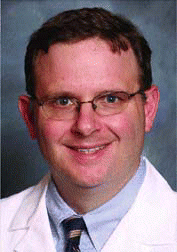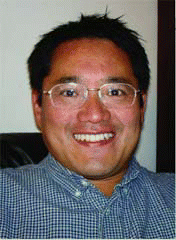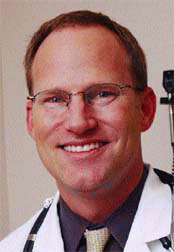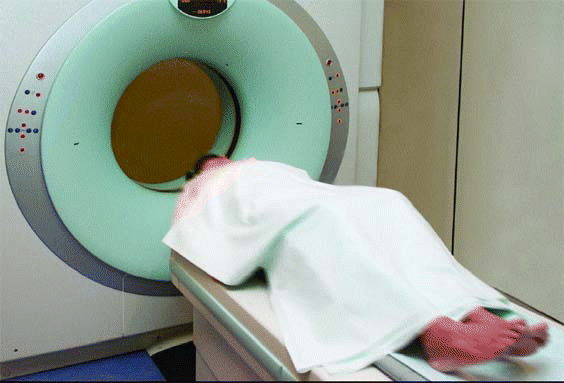Sublingual immunotherapy (SLIT) is effective in controlling allergic symptoms in a preliminary patient cohort, according to a study presented April 27 at the Combined Otolaryngology Spring Meeting.


Sublingual immunotherapy (SLIT) is effective in controlling allergic symptoms in a preliminary patient cohort, according to a study presented April 27 at the Combined Otolaryngology Spring Meeting.
Although the most commonly seen cases of laryngomalacia (LM) are in very young children, clinicians should consider late-onset LM as a potential cause of feeding difficulties in toddlers, sleep apnea in children, and teenage exercise intolerance, according to researchers at Cincinnati Children’s Hospital Medical Center and the Mayo Clinic.


Cochlear implantation has become a safe procedure-and, as result of refinements in devices and surgical techniques, complications are atypical.

Noise-induced hearing loss is a key challenge in otolaryngology today. Interestingly, an older class of antiepileptic drugs, T-type calcium blockers, may hold promise as preventive agents.

Chronic rhinosinusitis affects approximately 30 million Americans.

In order to remain compliant, as well as to receive fair and appropriate reimbursement, you must code and document correctly, said Michael Setzen, MD, Clinical Associate Professor of Otolaryngology at NYU School of Medicine and Senior Clinical Attending in Otolaryngology at North Shore University Hospital in New York, when he moderated the panel discussion, How the Experts Code and Document Laryngology and Esophagology in the Office and the OR, at the April 2007 Combined Otolaryngology Spring Meeting.

With improved technology, as well as increased availability and access, diagnostic imaging has become the fastest growing segment of health care spending, with estimates of 15% to 35% increases annually.
